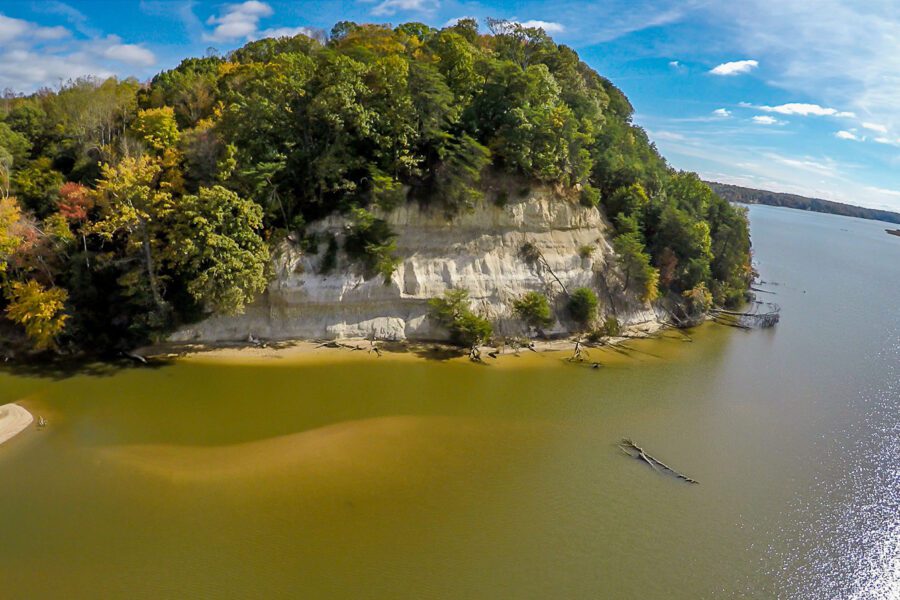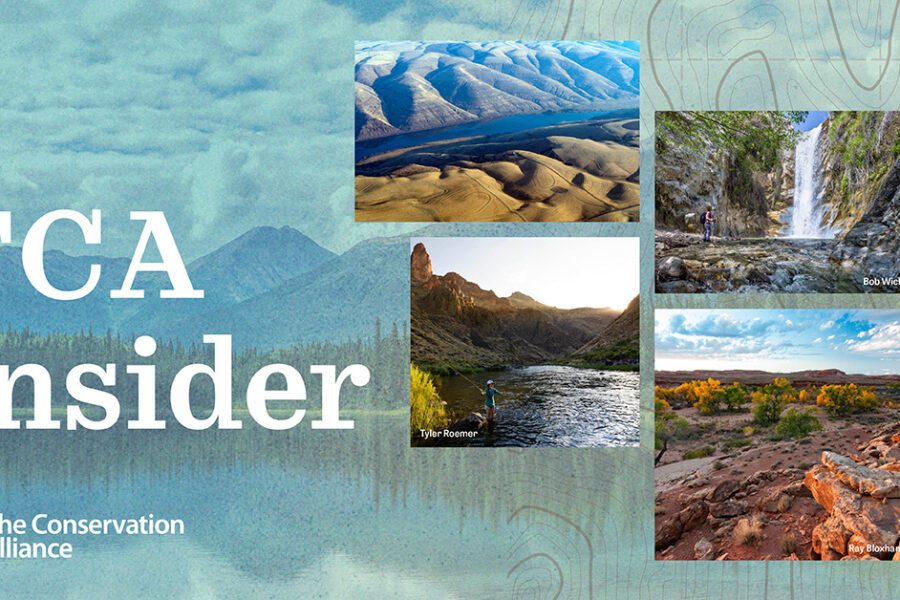The Conservation Alliance, a coalition of more than 300 businesses around the country working together to protect North America’s wild spaces and outdoor places, praise Secretary of the Interior, Deb Haaland, for her decision today to protect 28 million acres of some of America’s wildest, most biologically and culturally important lands – Alaska’s D-1 lands.
Today’s Record of Decision (ROD) comes after the Bureau of Land Management released its Final Environmental Impact Statement (FEIS) in June of 2024. The FEIS called for the permanent protection of the 28 million acres from industrial extraction. The critical landscape spans from the temperate rainforests of Southeast Alaska to north of the Arctic Circle, and is among the largest intact landscapes left in the country.
More than 140 federally recognized Alaska Native Tribes have voiced support for the permanent protection of this landscape, and dozens of state and national nonprofit organizations have helped coordinate efforts to advocate for this land, including The Conservation Alliance and its members. The land is not only a crucial subsistence resource for Alaskan Indigenous communities, but it also supports the state’s $2.6 billion outdoor recreation industry that employs more than 20,000 people.
“The decision today is an amazing step in safeguarding lands and waters that support Alaska Native communities, and offer some of the most renowned recreation in North America,” said Shoren Brown, TCA’s Vice President of Public Affairs. “TCA and our member companies thank the Secretary of the Interior for conserving the 28 million acres of D-1 lands that support Alaska’s $2.6 billion outdoor recreation industry, and employ over 20,000 people.”
Alaska’s D-1 lands were designated for protection in 1971. Those protections came under threat during the Trump administration and until now, the 28 million acres have been at high risk of harmful extractive industrial development. This decision ensures the land remains protected, and connects tens of millions of acres of important habitat that supports Native communities, drives the state economy, and slows climate change.




